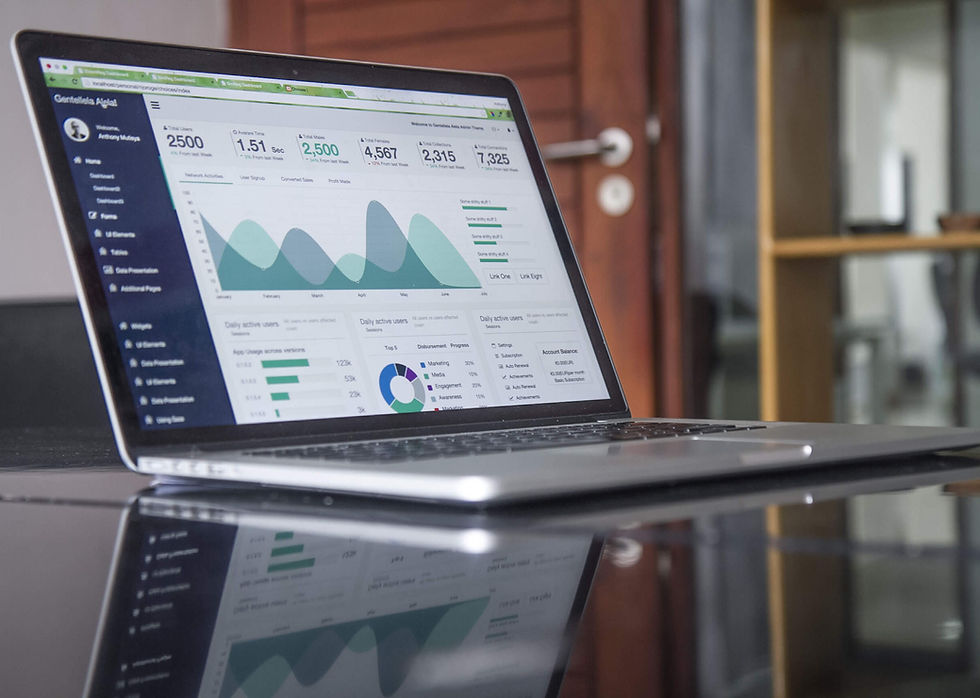What is Descriptive Analytics?
- Travis Hall
- Mar 26, 2023
- 2 min read
Understanding what has happened by analyzing and interpreting large data sets.

Descriptive analytics is the foundational level of data analytics, focusing on summarizing historical data to provide insights into past performance. The main goal is to understand what has happened by analyzing and interpreting large data sets. Descriptive methodologies in data analytics involve various techniques and tools to help achieve this objective:
Data aggregation: Combining and organizing raw data from various sources into a unified, structured format that can be easily analyzed.
Data cleansing: Identifying and correcting errors, inconsistencies, and inaccuracies in the data to ensure that the analysis is based on high-quality, reliable information.
Data exploration: Examining the data through various techniques like summary statistics (e.g., mean, median, mode, standard deviation), frequency distributions, and cross-tabulations to uncover patterns and relationships.
Data visualization: Representing data in graphical formats such as bar charts, pie charts, line charts, scatter plots, and heatmaps, which can help make complex data sets more understandable and accessible to both technical and non-technical audiences.
Segmentation: Dividing the data into subsets or groups based on shared characteristics or behaviors, such as demographics, geographic regions, or product usage patterns, to identify trends and patterns within specific segments.
Time series analysis: Examining data over time to identify trends, seasonality, and cyclical patterns, which can help businesses anticipate future demand, plan inventory, or allocate resources more effectively.
Benchmarking: Comparing a company's performance metrics to those of its competitors or industry standards to understand relative performance and identify areas for improvement.
Reporting: Creating clear, concise, and visually appealing reports or dashboards that summarize the findings of the descriptive analysis, making it easy for stakeholders to understand the key insights and take appropriate action.
By using these descriptive methodologies, businesses can gain a better understanding of their historical performance and use these insights to inform decision-making, identify strengths and weaknesses, and uncover opportunities for improvement.
